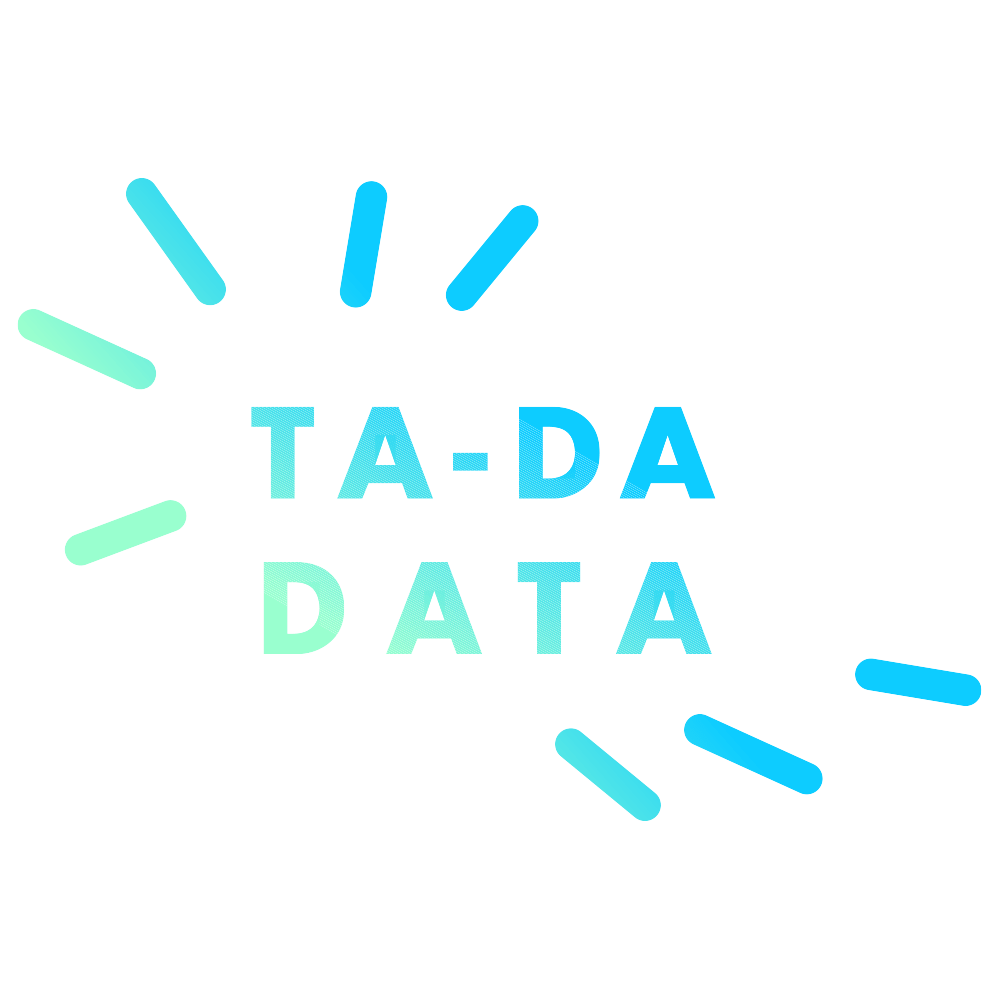
![]() Insights
Insights
Now that Google Analytics 4 is here, digital marketers can experience (and take advantage of) its revolutionary approach to data analysis. Google has re-engineered Analytics from the ground up, with GA4 offering a more robust solution for analysing how users interact with digital entities, especially considering changes in data regulations and the depletion of third-party cookies.
Although Google Analytics 4 offers new opportunities to analyse data unlike ever before, we are beginning to hear about some common GA4 problems that are hindering digital marketers from getting the most out of the platform.
Our experts are concerned that these issues may affect people’s overall confidence in the platform. To calm any shared worries, they have come together to provide detailed solutions to common GA4 issues.
Before highlighting and providing solutions to some common problems within GA4, we want to remind users of the key benefits Google Analytics 4 when compared to Universal Analytics.
Google Analytics 4 allows users to modify and collect new events and conversions without the need to implement client-side code. Instead, events can now be logged and edited within GA4. This makes it much easier and quicker for marketers to keep on top of tracked events and ensure their accuracy.
GA4 makes it much easier for brands to track and measure the user journey across domains, as this data can be accessed within the Google Analytics 4 interface. Without the need for client-side code to be written or implemented, this means that digital marketers can begin tracking this information as soon as possible. With new integrations across Google’s different marketing products and in-platform, cross-platform tracking across app and web interactions, there are also stronger insights into how different channels work together. This allows you to gain a more holistic view of user behaviour.
Reporting in GA4 has been improved and simplified when compared with Universal Analytics, as reports are based around the customer life cycle. This makes it easier to get a deeper understanding of the customer journey from acquisition to conversion to retention. GA4 also has template reports suitable for ecommerce websites, which display data around ecommerce funnels more efficiently.
Google Analytics 4 uses advanced machine learning models to automatically identify and alert users to significant data trends. These can include alerts relating to rising demand of certain products. Google is continuing to add new predictive metrics, which will help deliver a higher ROI for users.



One common GA4 problem our clients are running into is the processing time for data. For example, if a business meeting is taking place on a Monday morning, our clients point out that they do not have the prior days data available to present since GA4 has not processed the data.
As Google notes, on the free version of Google Analytics 4, reports can take around 24 to 48 hours to process. Although users can view ‘real-time’ data, showing website activity during the last 30 minutes, we understand that this is a big problem for lots of users.
By buying and implementing the premium version of GA4, several advanced options become available, one of which is quicker access to data reports. Instead of moving reporting days to accommodate data retrieval, having access to the paid version of GA4 (which we can provide as Google Marketing Platform Sales Partners), gives you near-instant access to all the data you need.
For many users, the date to combine UA and GA data seemed ages away. Unfortunately, two months after the deadline set on the 1st of July, many users did not take the time to combine the two data dets before Google discontinued Universal Analytics. Due to this, many users have lost access to a lot of vital data.
Although Universal Analytics views will remain available for a six-month period via read-only access, all UA data will be deleted after this.
If you have waited too long to stitch together your Universal Analytics and GA4 data, there are still ways to work around this issue. One of the most effective solutions is using Google BigQuery. BigQuery is a huge data warehouse with a built-in query engine for assessing large amounts of data from various platforms. BigQuery also allows you to gain real-time insights, making it a great solution for combining your Universal Analytics and GA4 data together.
 Because GA4 was developed as a rounded measurement platform to cover cross-device usage and tracking, the data format does appear differently to that of Universal Analytics, which was specifically developed for tracking browser use. Also, GA4 was created to consider updates in data privacy legislation and developments in cookieless data collection. This also explains some differences in the two platforms.
Because GA4 was developed as a rounded measurement platform to cover cross-device usage and tracking, the data format does appear differently to that of Universal Analytics, which was specifically developed for tracking browser use. Also, GA4 was created to consider updates in data privacy legislation and developments in cookieless data collection. This also explains some differences in the two platforms.
Many of these differences can be explained by changes in thresholding. Thresholding is when data is withheld from reports and explorations because it can imply the identity of individual users, such as specific demographic data. In simple terms, making sense of certain parts of your data may not be possible because of increased data privacy and thresholding, leading to an inability to analyse.
The best way to fix this is to activate Google Signals. Google Signals allows you to track users across different devices and user profiles directly within GA4. Plus, Signals always chooses the most reliable tracking method for users, meaning data is more refined and tracking and attribution issues previously found in Universal Analytics are reduced. GA4 lets you remove the data you do not actually need and gives you the necessary data to deliver actionable insights.
Arguably, the most frequent problems digital marketers are encountering when using GA4 is knowing how to navigate the platform. From the outset, Google Analytics 4’s interface has a drastically different appearance to Universal Analytics. Learning about changes in consent mode, understanding the scope of channel dimensions, and demystifying events can feel like an overwhelming amount of change after feeling so accustomed to Universal Analytics layout and terminology.
Google Analytics 4 can be customised to however you want to use it. So, although the default interface may be difficult to navigate and not have everything you need, there are plenty of customisation options to help you get more acquainted with GA4. Along with being endorsed sellers of the whole GMP stack by Google, we are also endorsed to deliver bespoke Google Analytics training to suit all abilities and user knowledge.
Want to know how you can get more out of GA4?Talk to us and our team will can make sure you do

![]() Insights
Insights

![]() Insights
Insights

![]() Insights
Insights